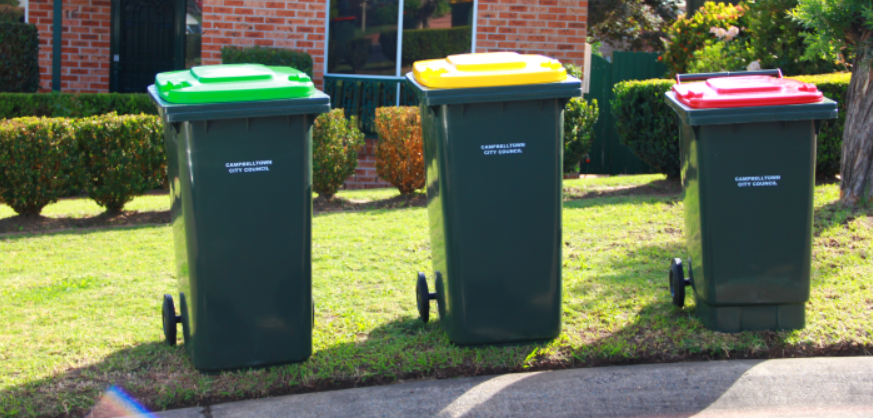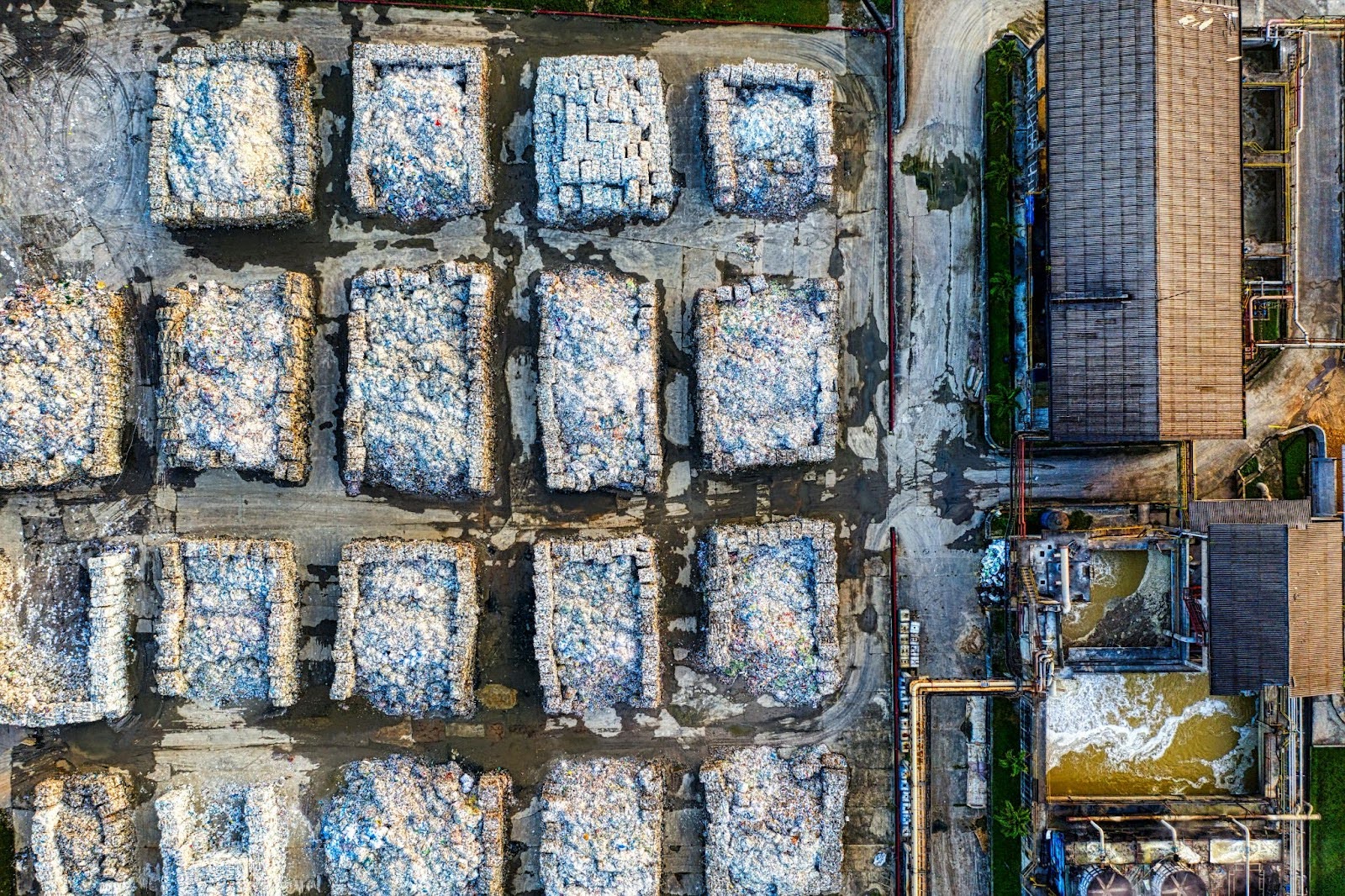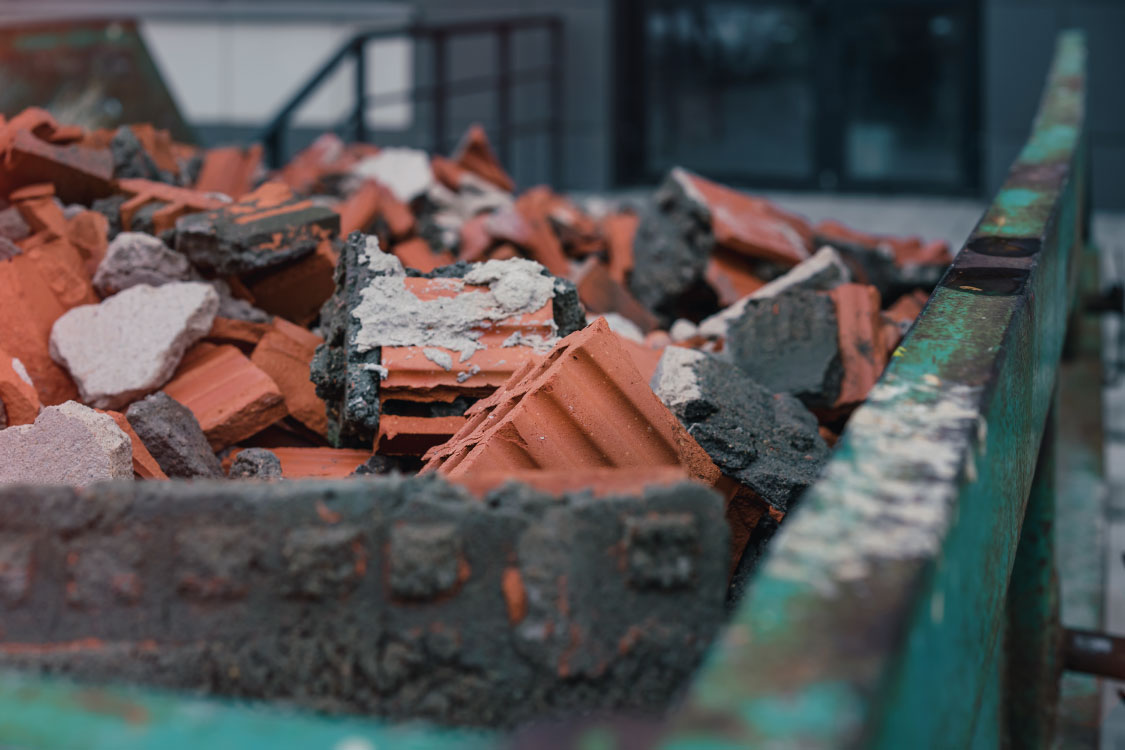Wheelie Bin Measurements in Adelaide, Australia

When it comes to waste management, understanding wheelie bin measurements and what type of waste should go in each bin is crucial for both households and businesses to prevent overfilling, and meet local council regulations. But what happens when you have more waste than your wheelie bin can handle?
Overview
Wheelie bin measurements for different uses
Managing excess household waste
Standard wheelie bin sizes
In Australia, wheelie bins come in different sizes to cater to different waste management needs. The most common sizes are:
120 litre wheelie bin (0.12 cubic metres)
The 120-litre bin is a small, compact option, ideal for small households or apartments. It’s easy to manoeuvre and suitable for areas with limited space.
240 litre wheelie bin (0.24 cubic metres)
The dimensions of a 240 litre wheelie bin is 107cm Height x 58cm Width x 74cm Depth. This size is popular among average households across Australia. The 240-litre bin offers ample space for general waste and is commonly seen in residential areas around Adelaide.
Reduce your wheelie bin size
Save money and help the environment by reducing the size of your waste to landfill bin (red wheelie bin). By choosing a smaller bin rather than the maximum 240 litre bin you can save on your annual waste levy.
Wheelie bin measurements for different uses
Wheelie bins are not limited to general waste. They come in different colours and sizes, designated for various types of waste:
Recycling bins
Recycling bins typically come in 240-litre sizes and are used for recyclable materials. In Adelaide Australia, recycling bins have a yellow lid.
Green waste bins
Green waste bins are generally used for garden and plant waste but also include food waste that might otherwise be composted, as part of the food waste strategy for South Australia. These green bins are usually 240 litres in size, although smaller options might be available through your local council or at a local hardware store.
General waste bins
General waste bins, ranging from 120 litres to 240 litres, are designed for non-recyclable and non-organic waste.
Many councils around Australia are phasing out the 240 litre wheelie bin size in their residential collections and providing smaller 120-litre wheelie bin options for general waste.
Frequency of collection
If your local council provides weekly waste collection, a smaller bin, like the 120-litre, might suffice. Less frequent collections, such as fortnightly, may require a larger bin to avoid overflow. In Adelaide, the general waste is often collected weekly, with recycling and green waste collected on alternate weeks. Check with the local council to find out the schedule for your suburb.
Managing excess household waste
Sometimes, your waste might exceed the capacity of your wheelie bin, or you may have items that aren’t allowed in standard bins. When this happens, you have several options:
Council bulk waste collection
Some councils offer bulk waste collections for items that don’t fit in your regular bin, such as old furniture or large garden waste. Check your local council’s website for more details.
Waste transfer stations
You can take excess waste directly to a waste transfer station. These facilities accept a wide range of waste types, though fees may apply. This will mean using a trailer or ute, which you may need to hire if you don’t own one.
Hiring a skip
For large amounts of waste that can’t be accommodated by your wheelie bin, hiring a skip is an effective solution. Skips come in various sizes and can handle mixed waste types, including bulky items and construction debris.
The advantage of a skip bin is that is it delivered to and collected from the selected address, saving time and trouble to transport waste to a tip or tranfer station. It’s the ideal solution if you don’t own a trailer or ute, if you are time-poor or you simply can’t get to the waste transfer station during the opening hours.
Hire a skip for your excess household waste that won’t fit in your wheelie bin
When you don’t produce enough household or garden waste to fill your wheelie bins downsizing your bins can save you money every year. If you do find the need to dispose of larger amounts of waste, such as for a yearly overgrown garden tidy up, or when you move house, hire a skip instead to do the job.
Frequently Asked Questions
Are all wheelie bins the same size?
The standard sizes in Australia for curbside wheelie bins are 120 litres, 240 litres catering to different waste management needs.
Do I have to keep my wheelie bin on my property?
Your wheelie bin can be kept anywhere within your property, at a location that can be accessed by the delivery truck. It cannot be kept where it could obstruct pedestrians or roads.
What should I do if my waste doesn’t fit in my wheelie bin?
If you have more waste than your bin can handle, consider hiring a skip, using council bulk waste services, or visiting a waste transfer station.
People also read:
DIY Laundry Renovation: A Complete Guide



